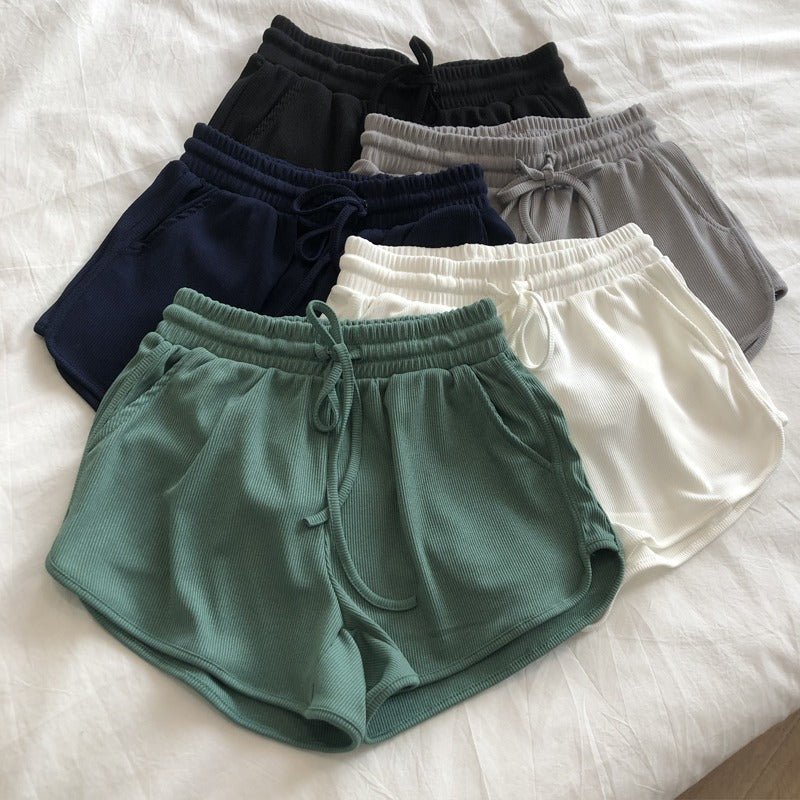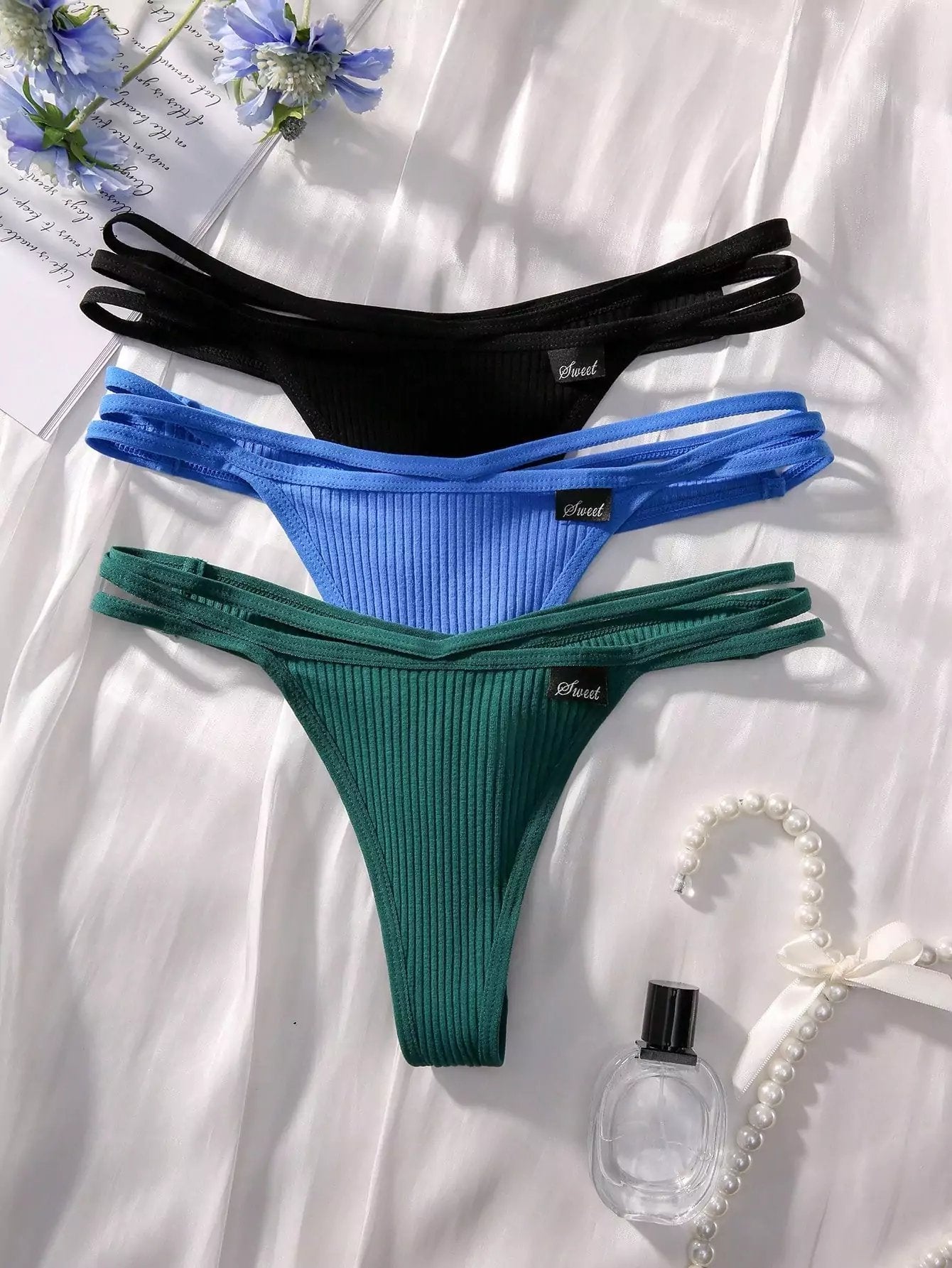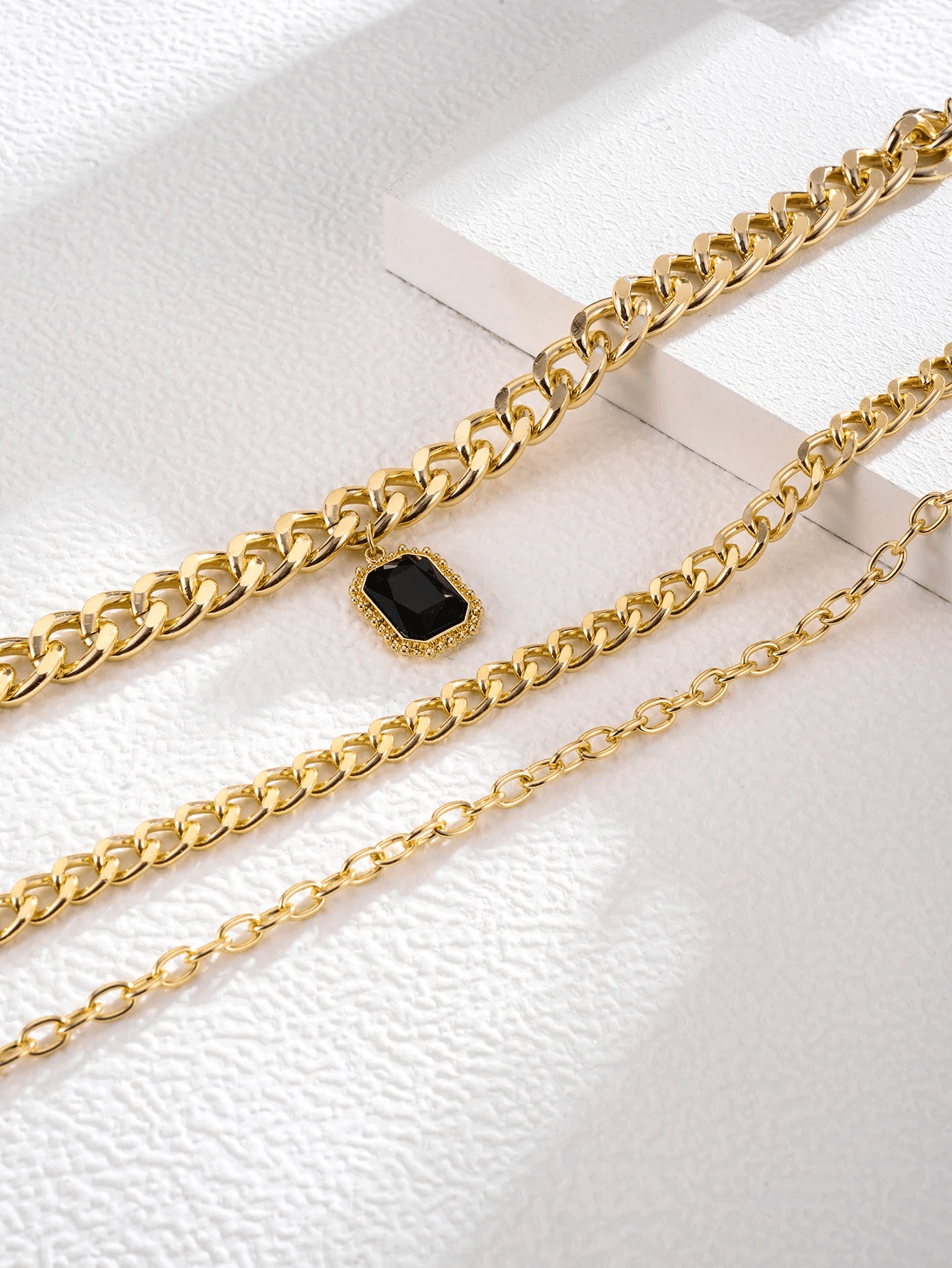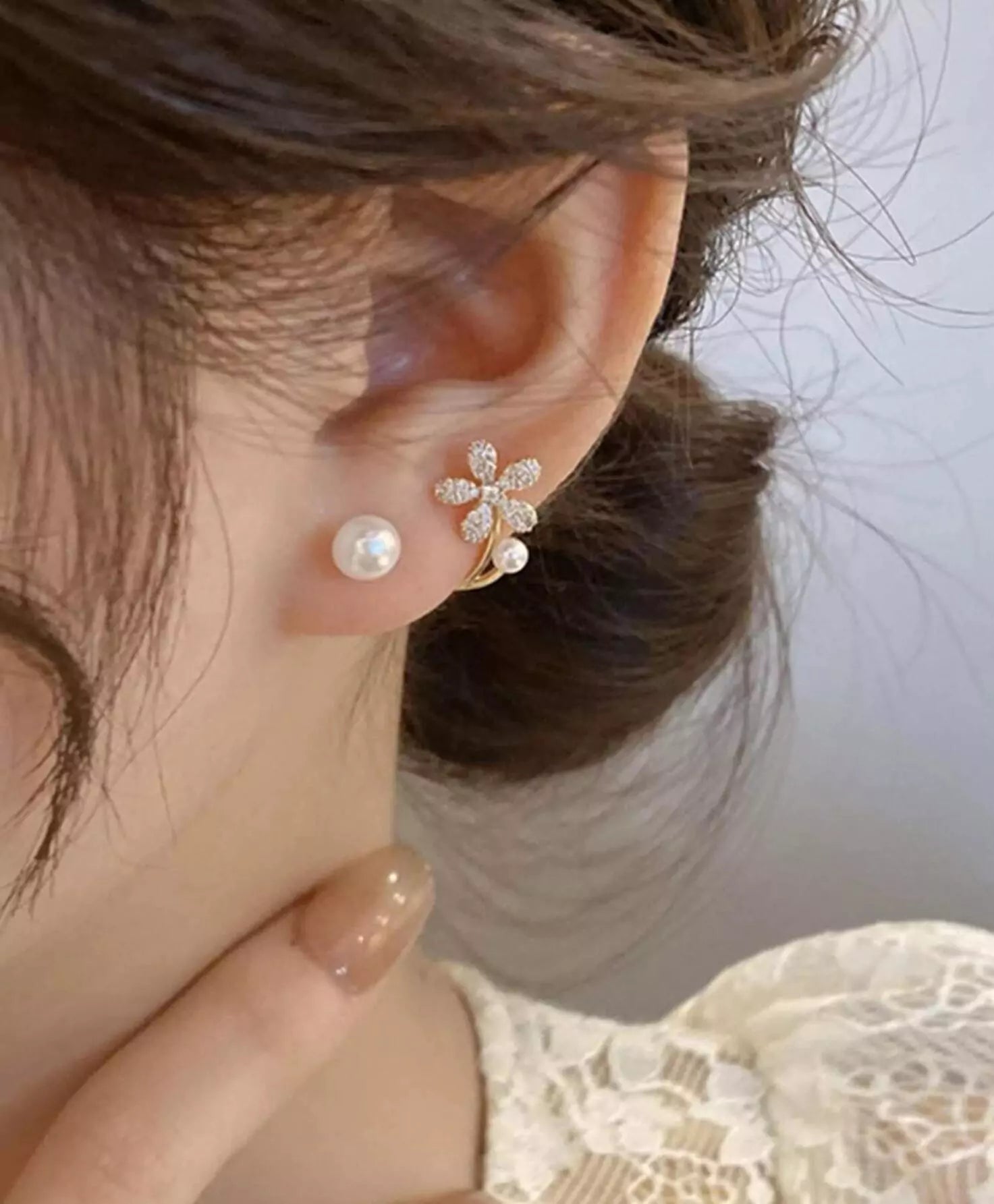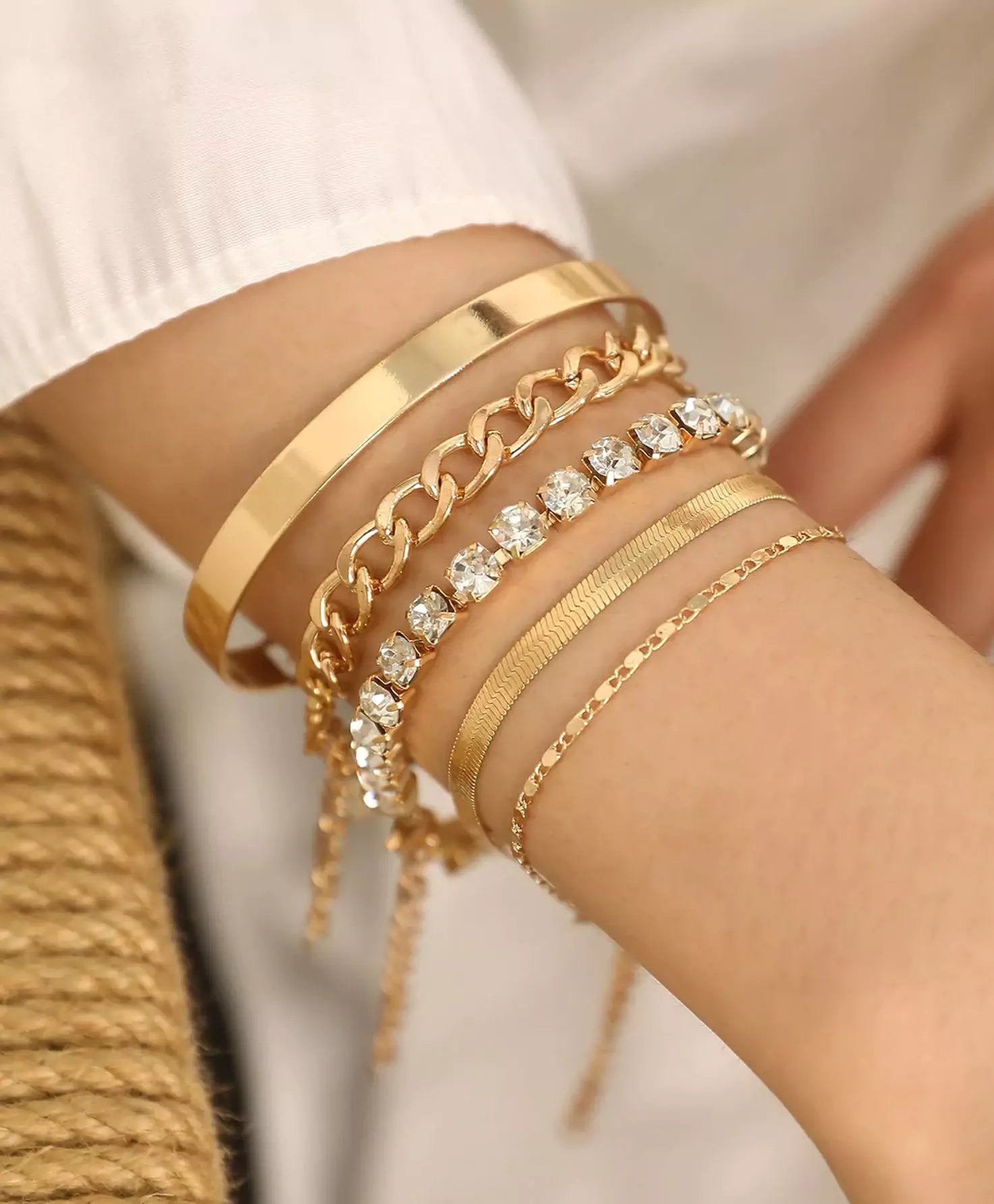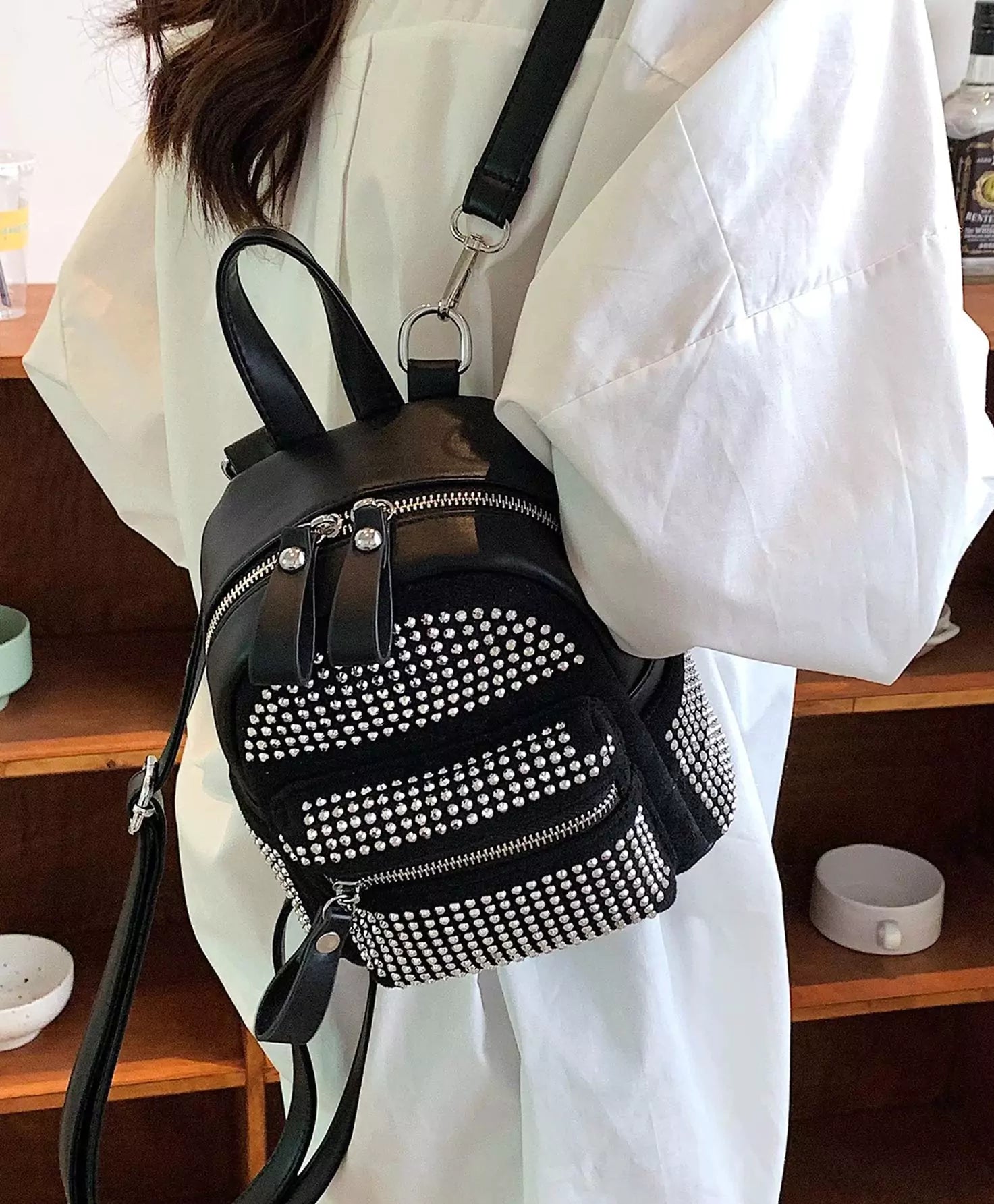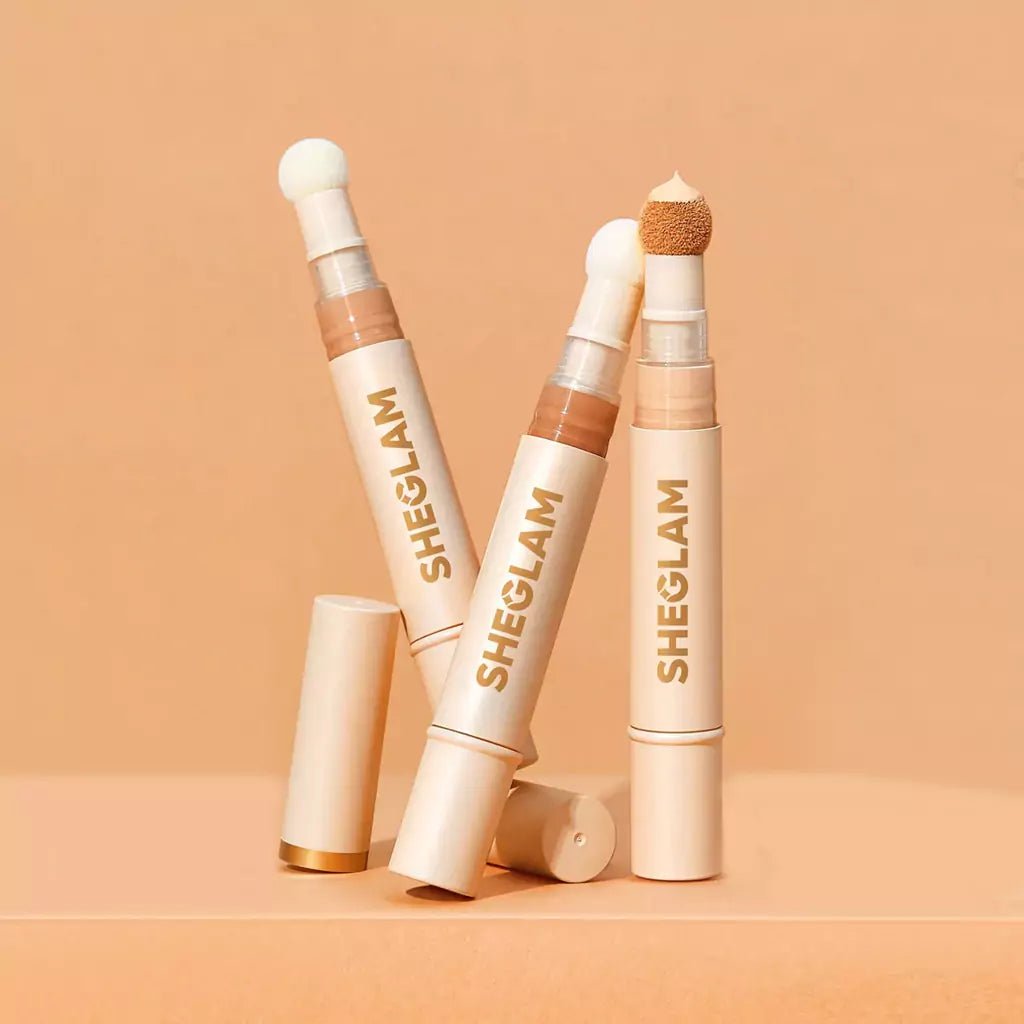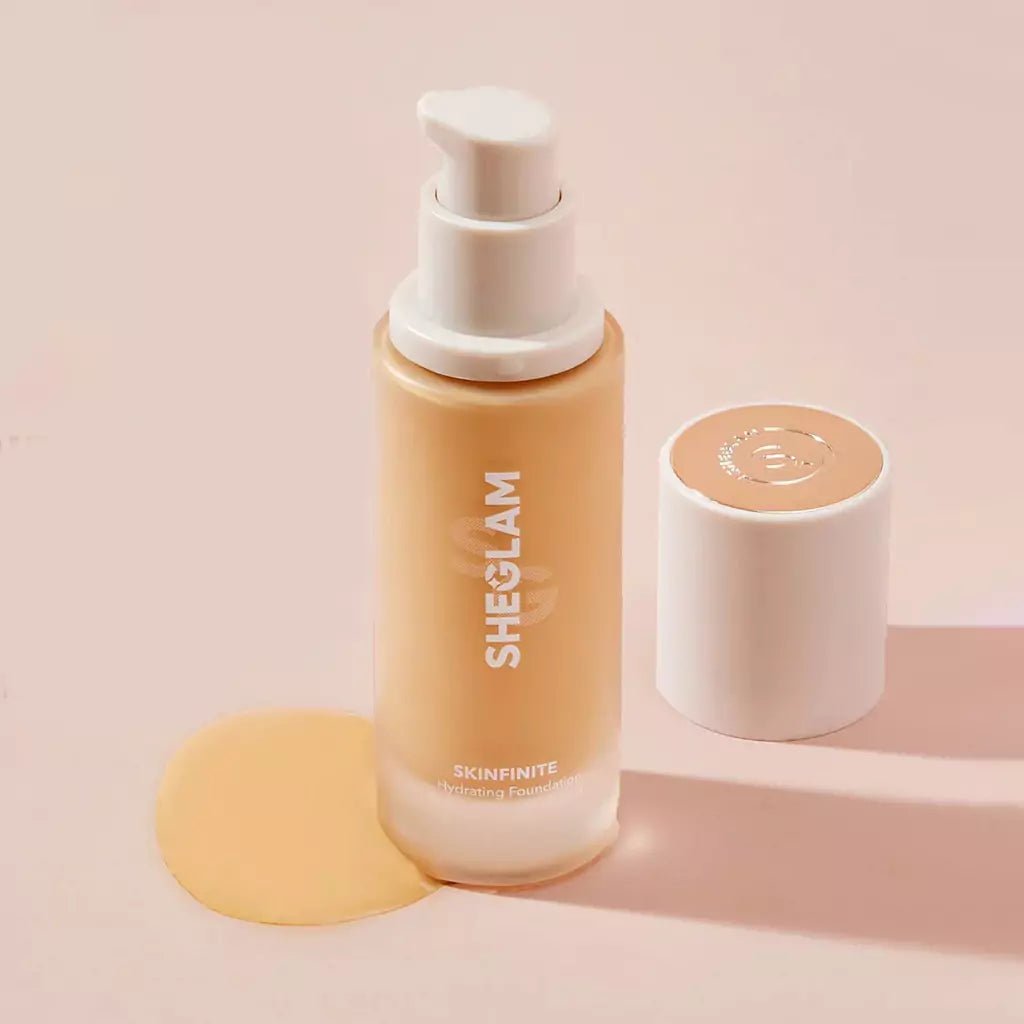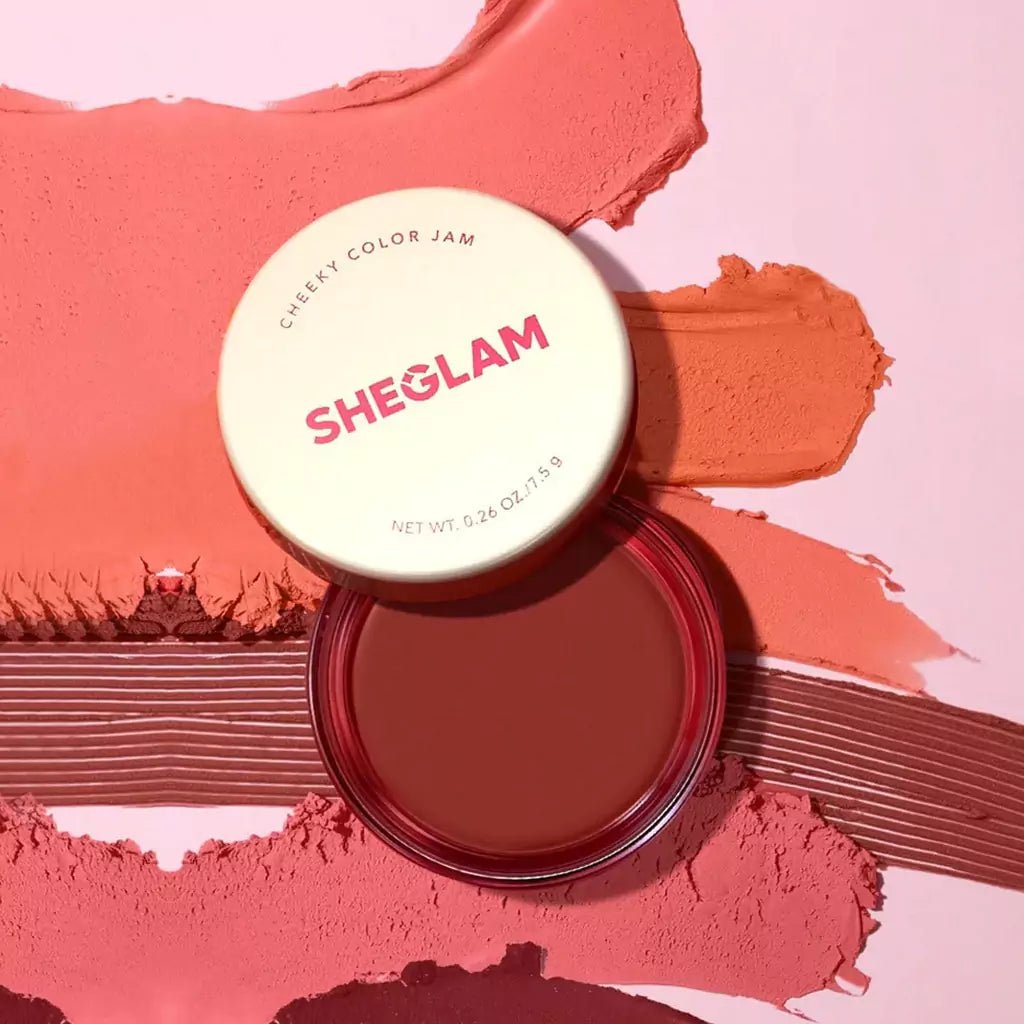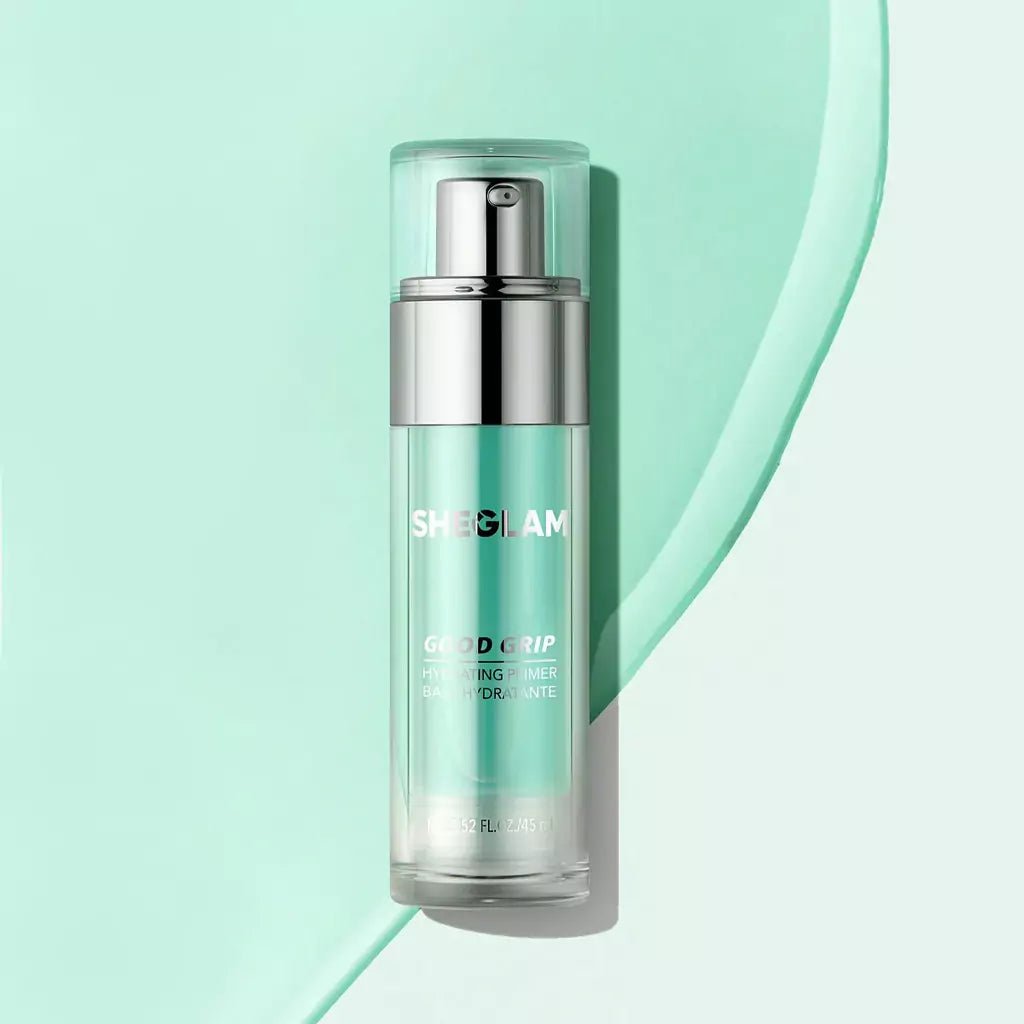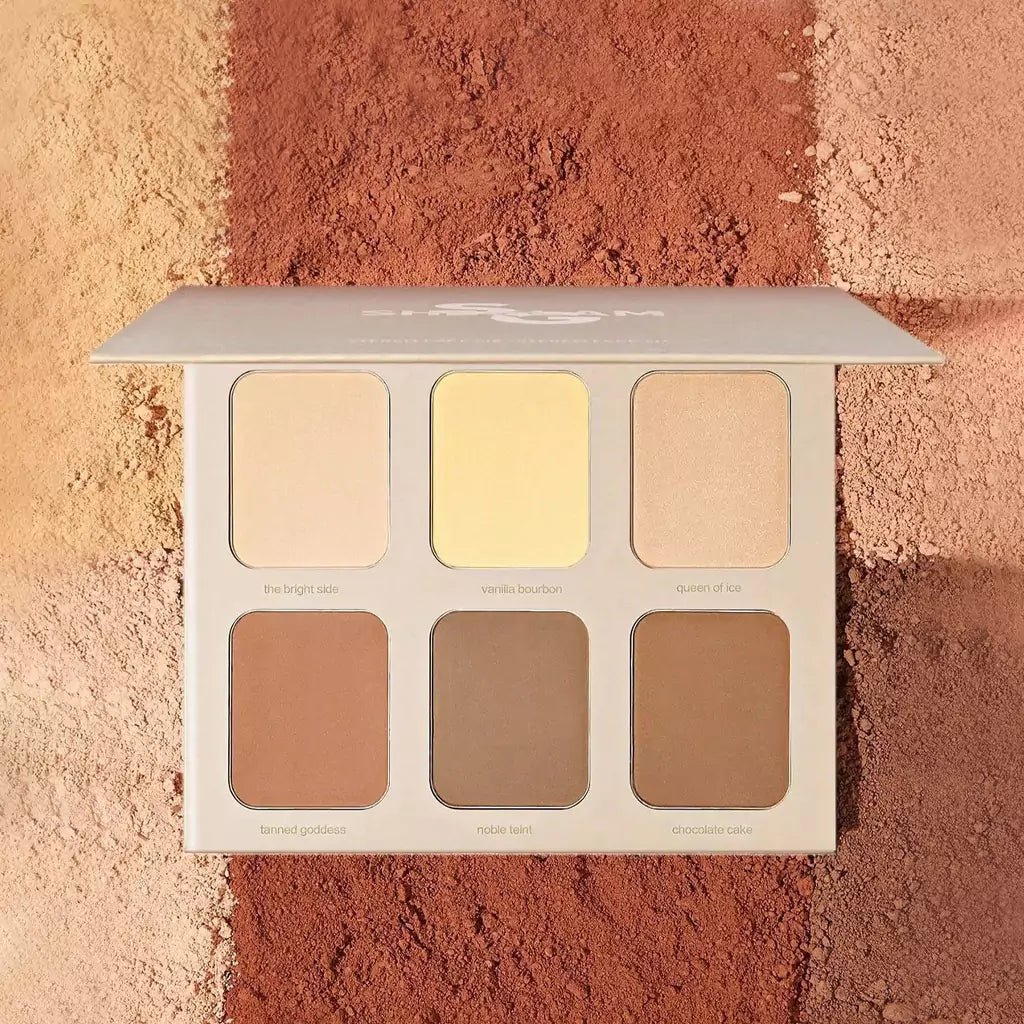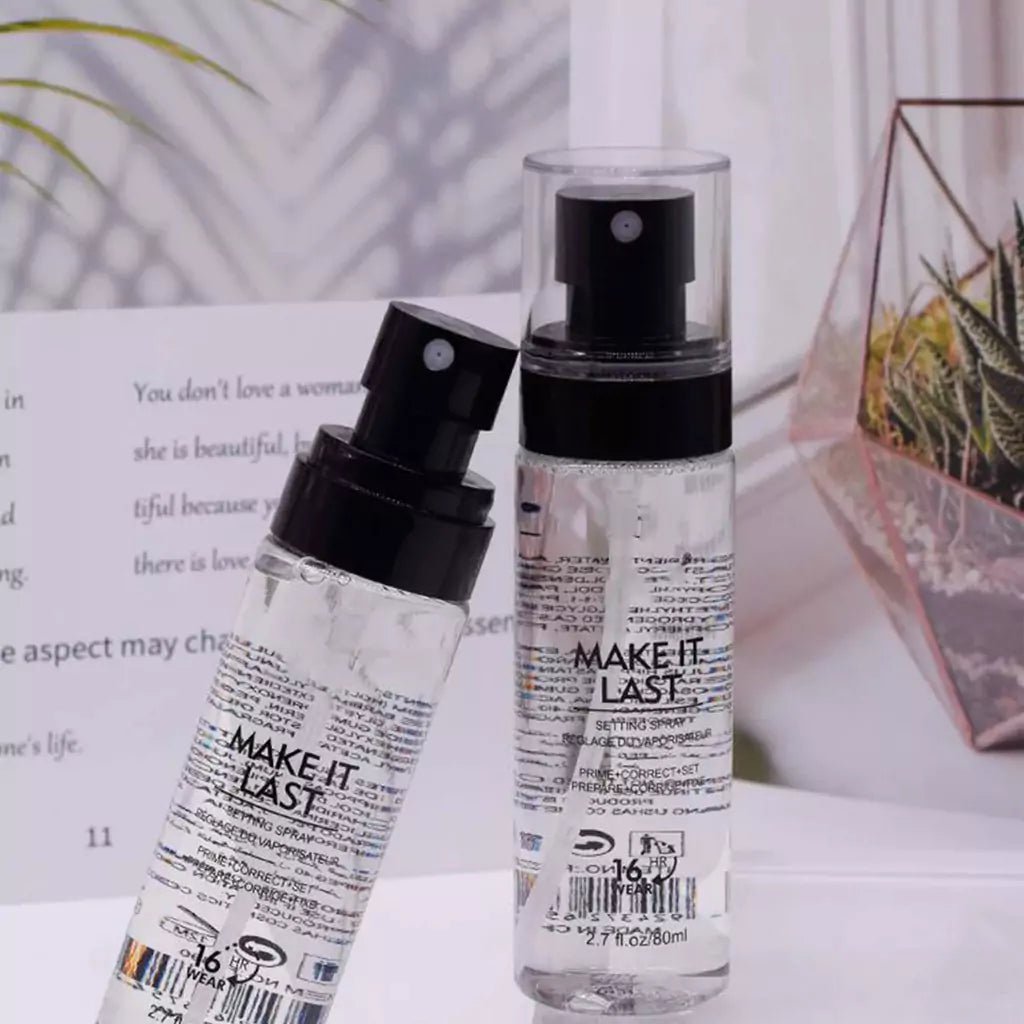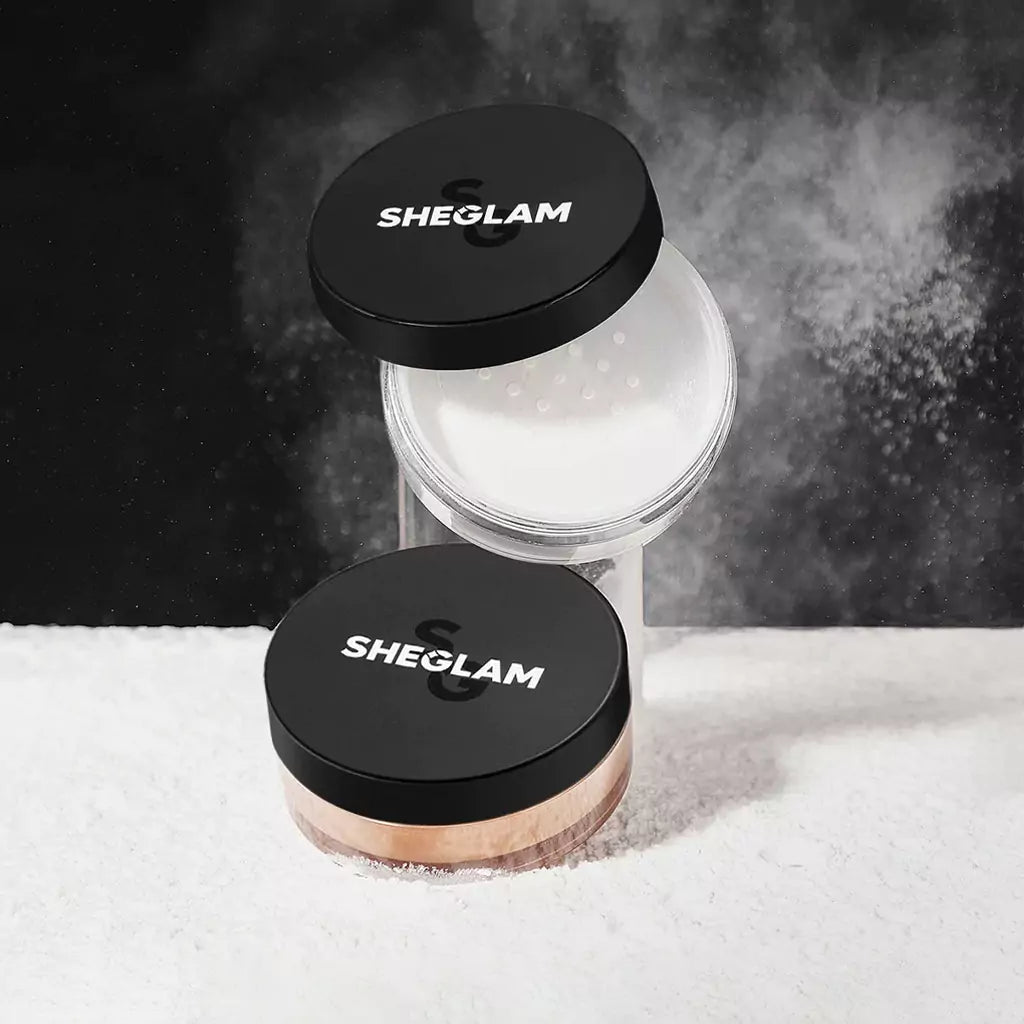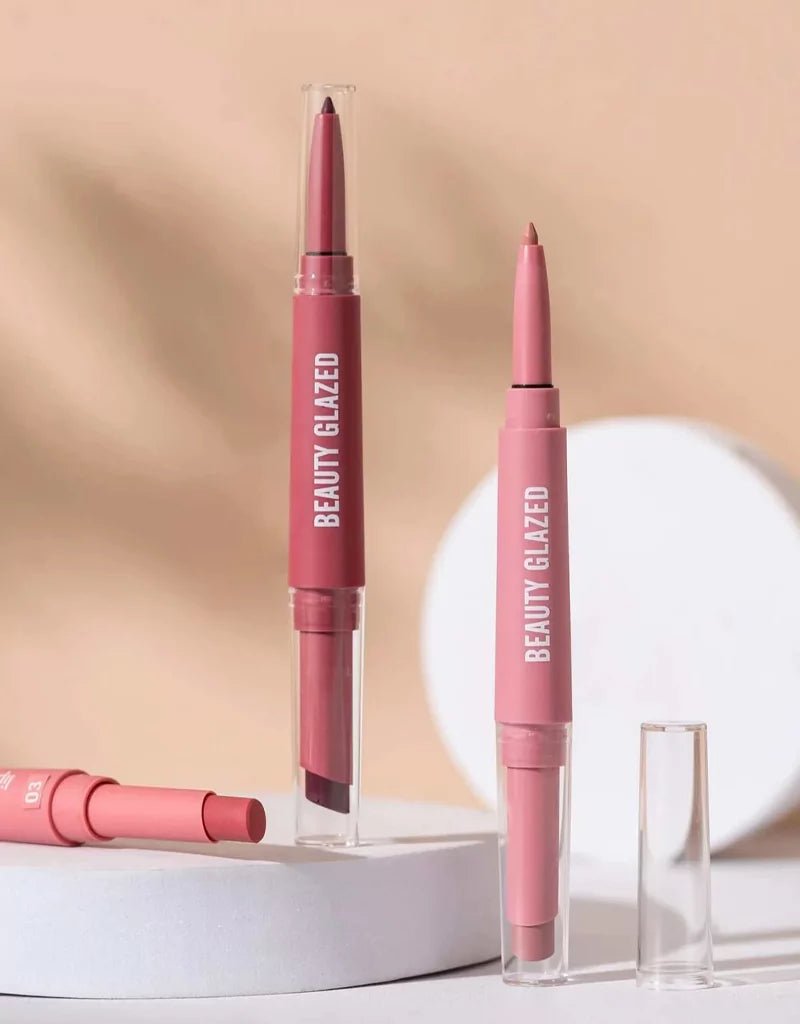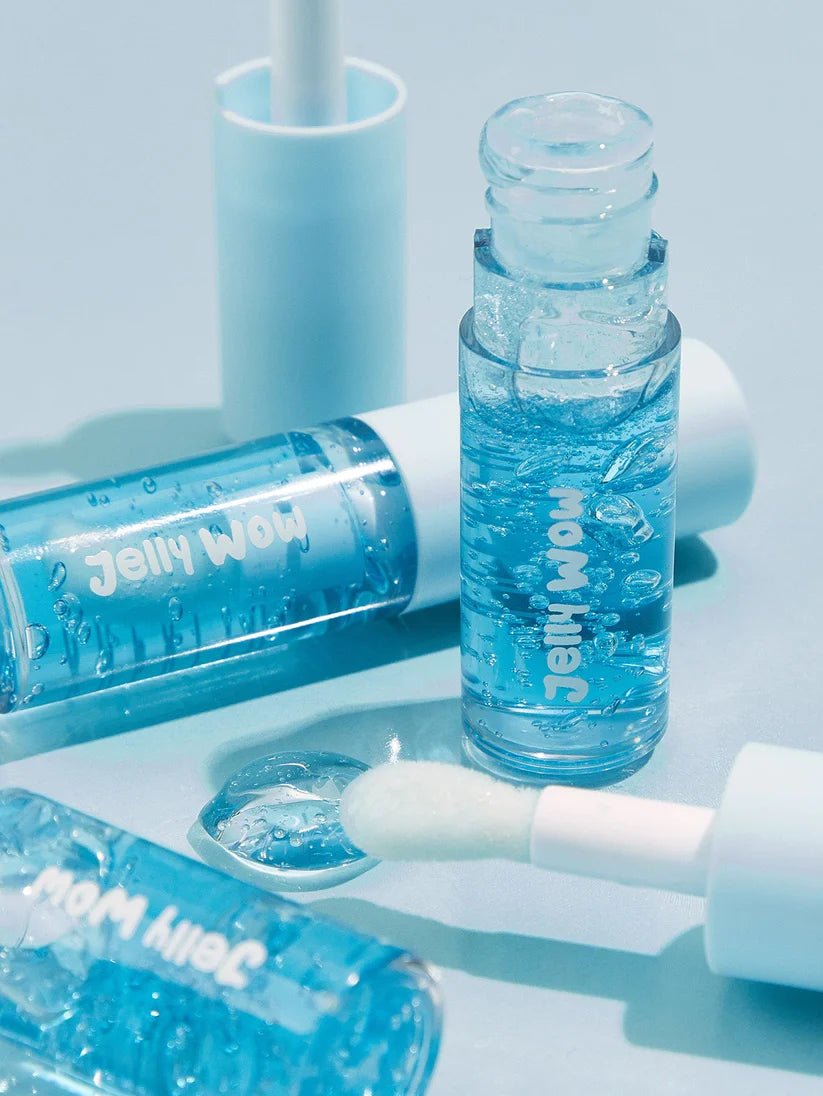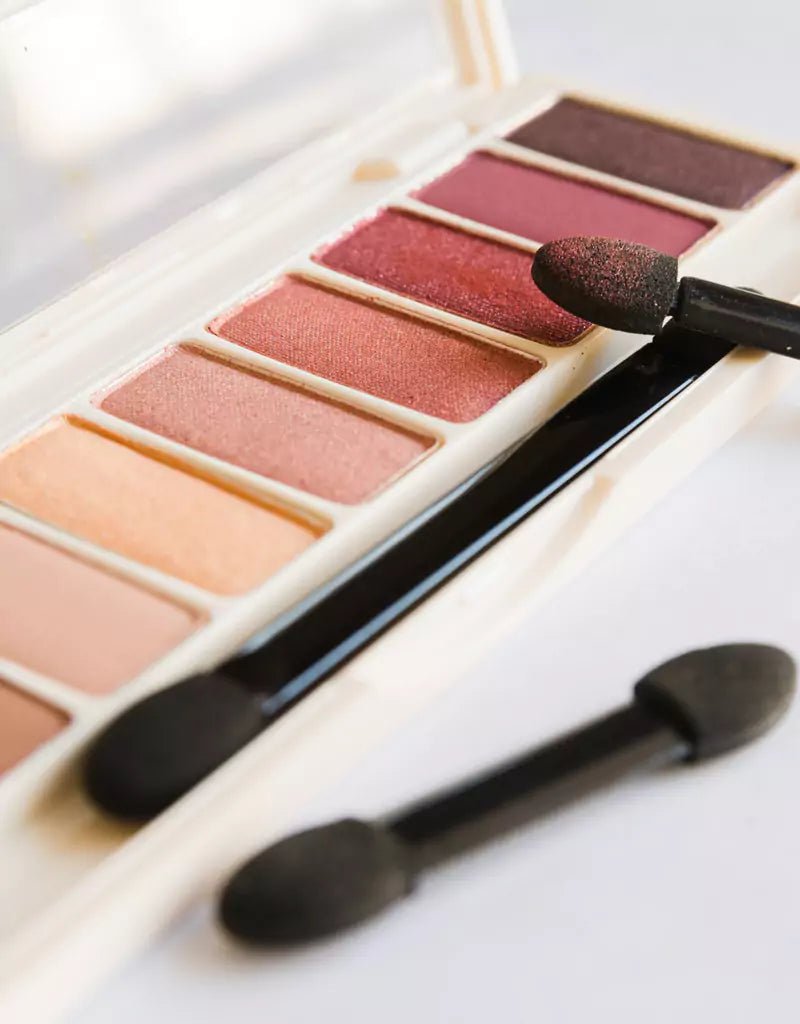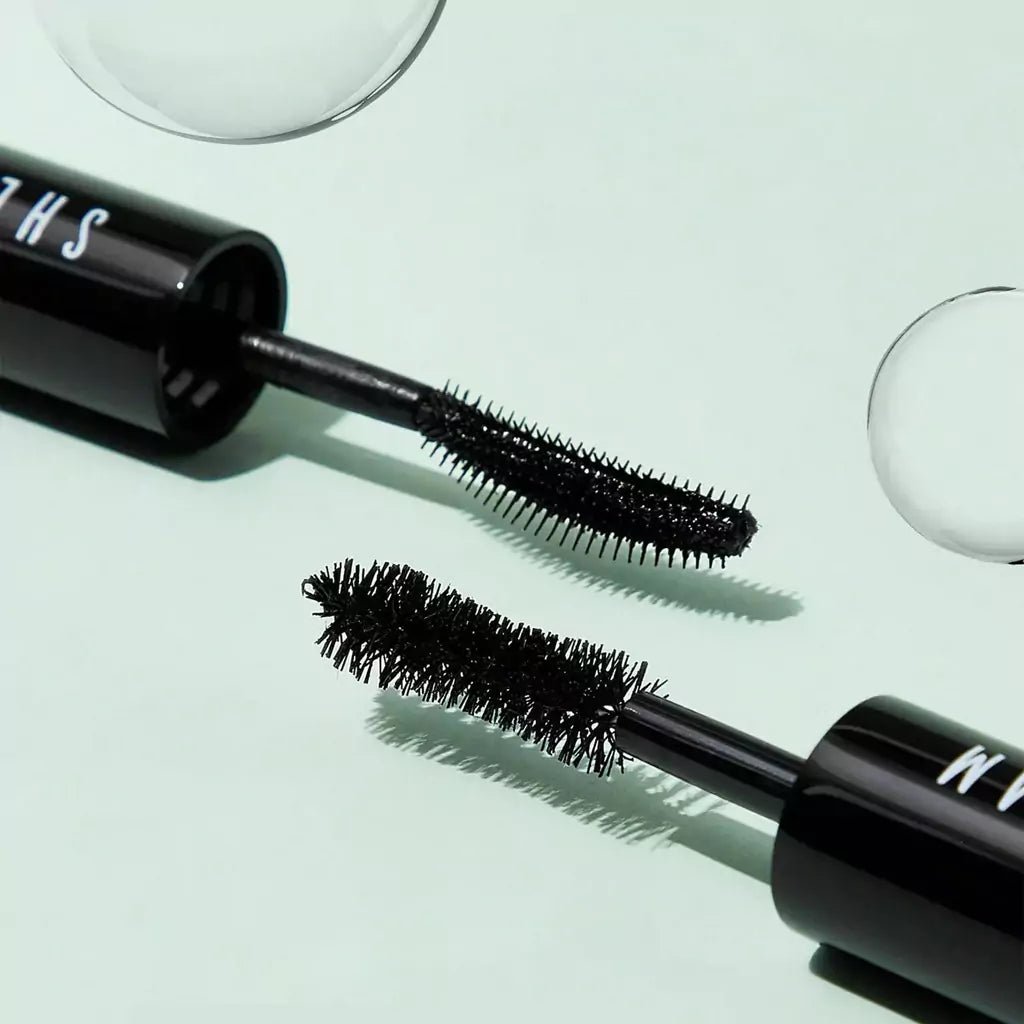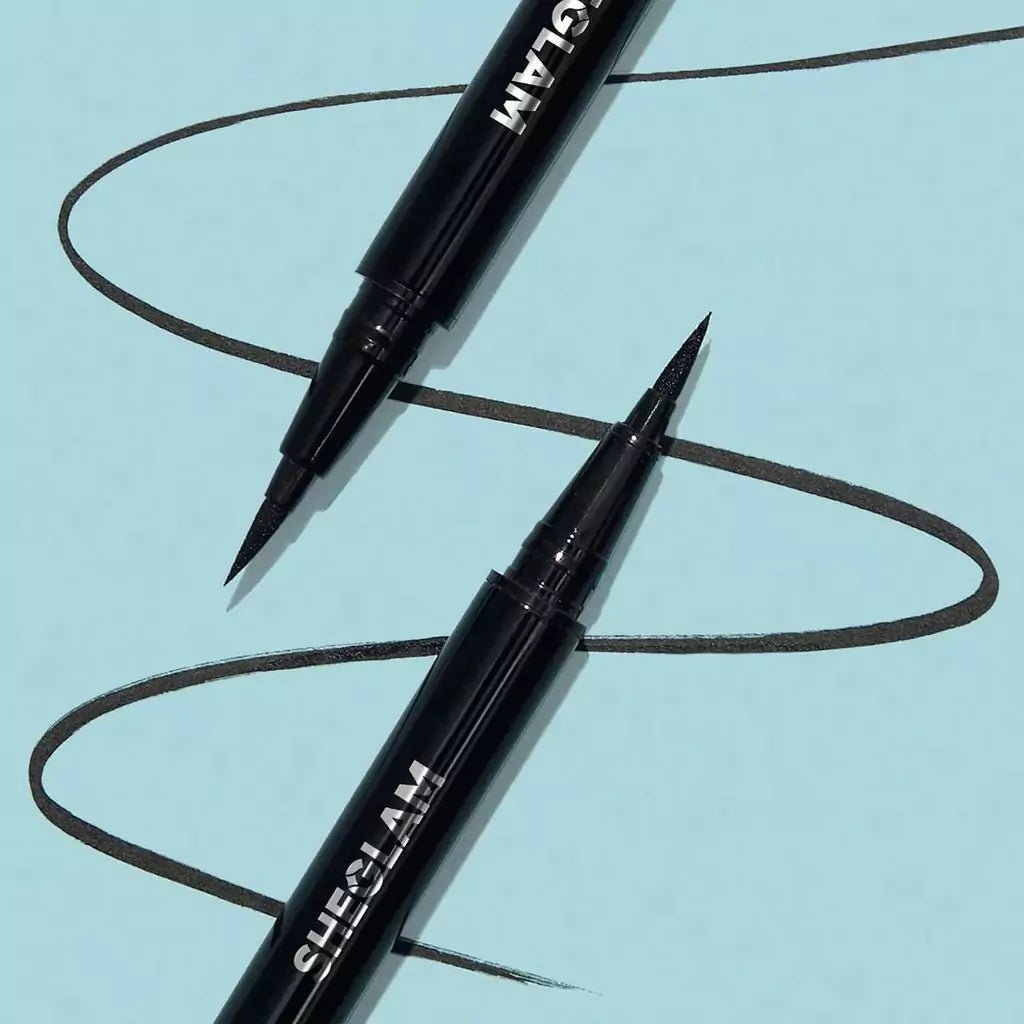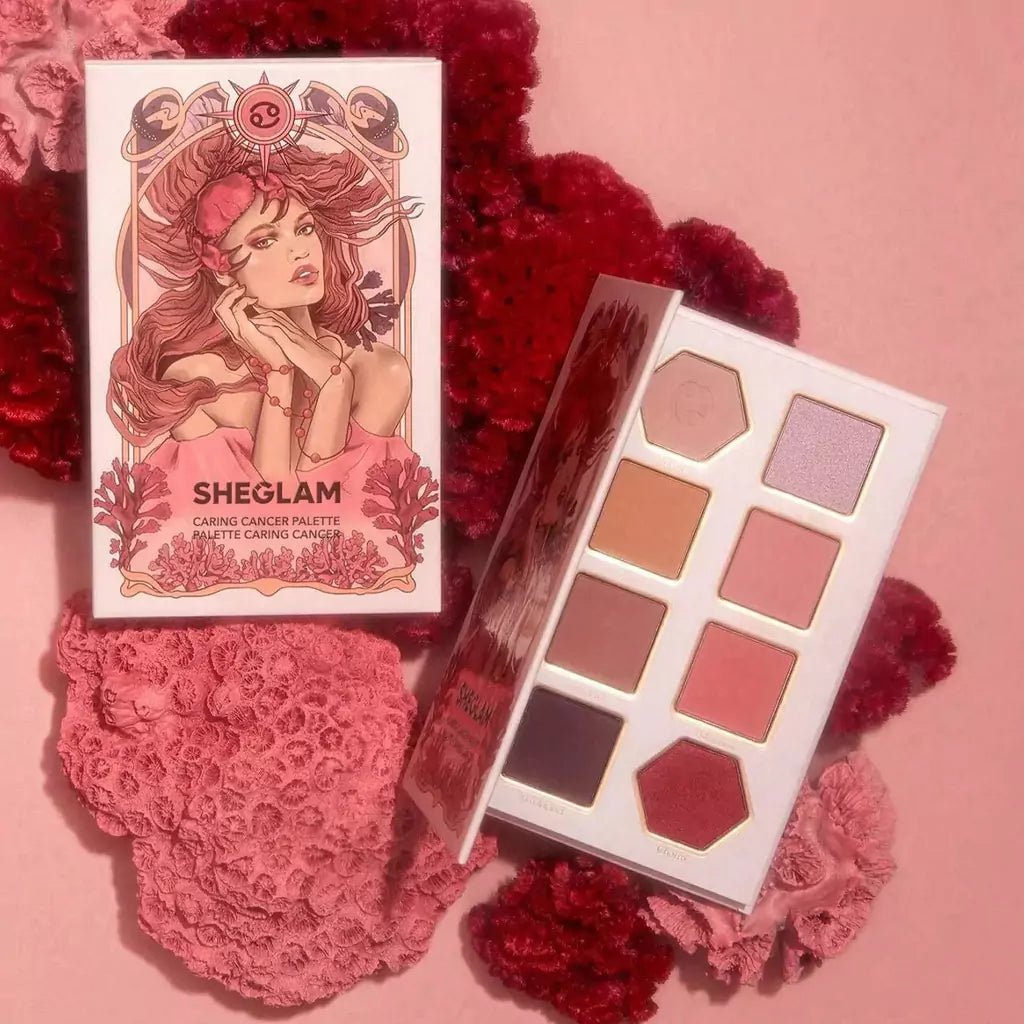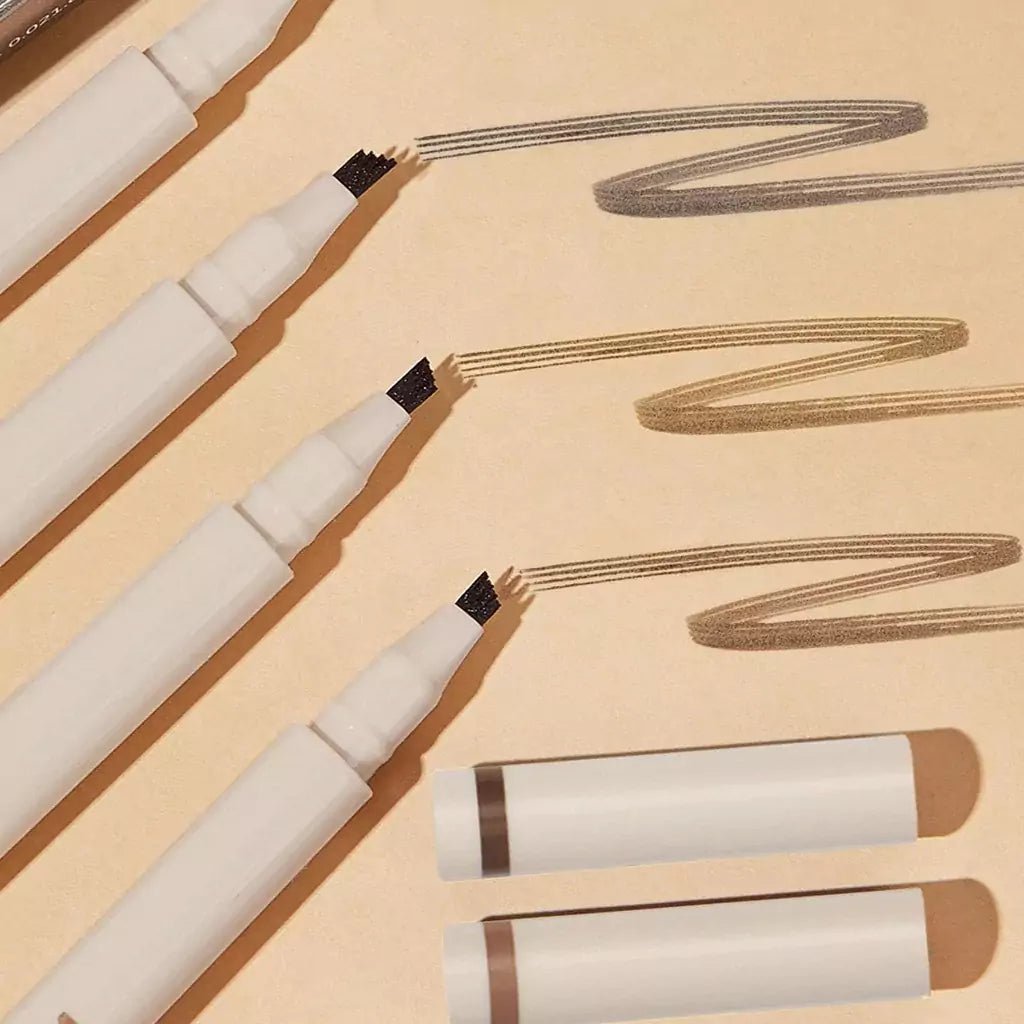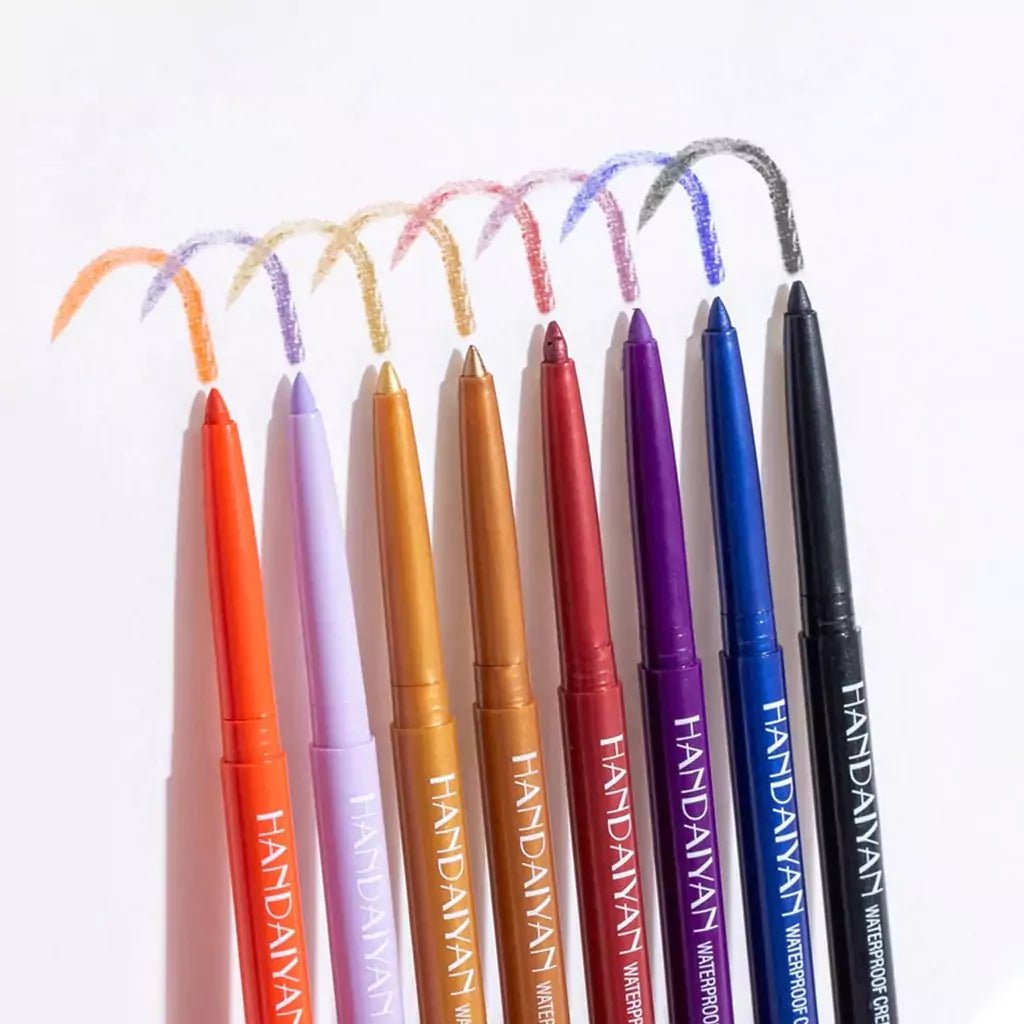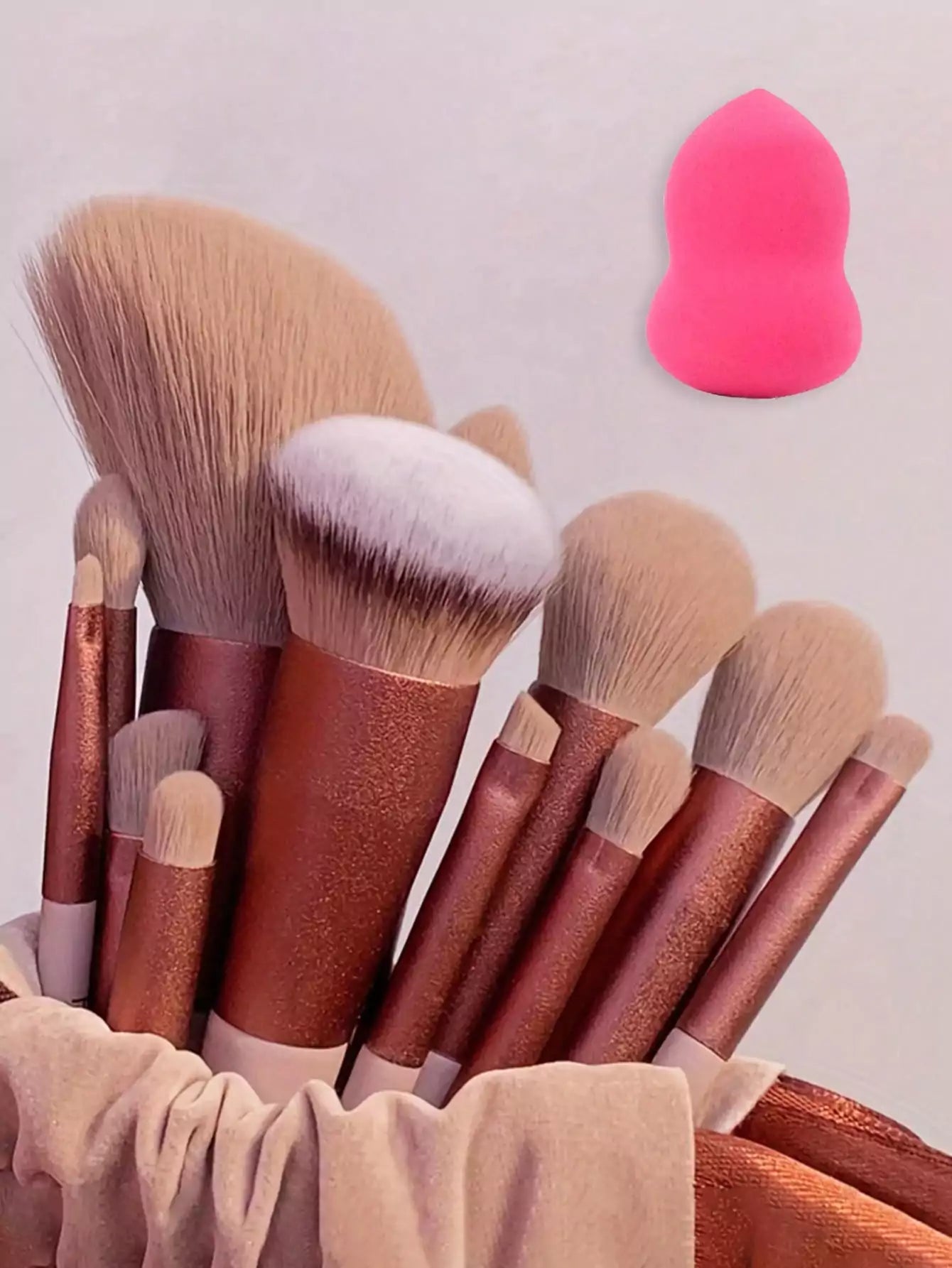Stains on a perfectly white shirt may be as bothersome as they are frequent. Whether it's a stray ketchup blot from lunch or a dash of coffee from your morning brew, these unexpected visitors might jeopardize the beauty of your shirt. But don't worry; there are different methods for restoring your white shirt to its former splendor. Let's look at the ways to help you say goodbye to those pesky imperfections.
The Importance of Swift Action
It is necessary to take swift action to deal. When a mark appears unexpectedly on a garment, time is your ally. The longer a stain remains on a cloth, the more it attaches to the fibers, making removal more difficult. Furthermore, certain stains can chemically react with the fabric or oxidize, embedding themselves deeper into the clothes.
When you see a stain, the first thing you should do is stop what you're doing and fix it right away. Ignoring the marks or postponing removal helps it to acquire a footing in the cloth, making it more difficult to remove. Remember that stains are like unruly guests at a party; the longer you let them stay, the harder it becomes to persuade them to leave.
Swift action entails several steps, from blotting or gently dabbing the stain to removing excess liquid or material. It prevents the mark from reading further into the fabric. The next crucial step is pre-treatment, which varies depending on the type of stain. You increase your chances of completely and effectively removing the stain by acting swiftly with accuracy, restoring your white shirt to its original, unblemished state.
Gather Your Arsenal
Gather your stain-removal arsenal to wage a successful war on stains. Here are some items you should have on hand:
White Vinegar:
This kitchen staple is a versatile workhorse in stain removal. Its mild acidity can break down stains and dissolve mineral deposits, making it particularly useful for coffee and tea stains.
Baking Soda:
A household essential, baking soda is a gentle abrasive and an absorbent. Its dual nature is invaluable for lifting and absorbing various stains, from wine spills to odorous underarm marks.
Hydrogen Peroxide:
This mild bleaching agent is ideal for whites. It not only helps remove stains but also brightens the fabric. Exercise caution with colored clothing, as hydrogen peroxide can cause fading.
Lemon Juice:
Lemon juice is nature's bleach. Lemon juice contains citric acid, which can break down stains and naturally lighten fabric. It's particularly effective on organic stains, like fruit juice or sweat.
Dish Soap:
When faced with grease or oil-based stains, dish soap is your ally. Its ability to cut through grease and grime is essential for tackling stubborn spots.
A Toothbrush:
It is ideal for gently scrubbing stains without damaging the fabric.
Clean, White Cloths or Paper Towels: For blotting and dabbing.
Pre-treating Stains
Each type of stain requires a different approach. Here are some common stains and how to pre-treat them:
Coffee and Tea Stains:
Blot the stain with a cloth or paper towel. Apply a mixture of one part white vinegar and two parts cold water to the stain. Let it sit for 15 minutes, then gently rub with a toothbrush before washing.
Wine Stains:
Immediately blot with a paper towel or cloth to absorb excess liquid. Sprinkle salt on the stain to absorb more liquid, then rinse with cold water. Apply lemon juice or white vinegar, and launder as usual.
Grease Stains:
Cover the stain with baking soda and let it sit for 30 minutes. Gently brush off the baking soda, and apply a dish soap and warm water. Blot, then wash the shirt.
Ink Stains:
Place a paper towel beneath the stained area. Apply rubbing alcohol to the stain and blot gently, and do not spread the ink. Wash the shirt as usual.
The Art of Washing
Once you've pre-treated the stain, it's time to launder your white shirt. Here are some tips:
Separate Whites:
Wash your white shirt separately from colored items to prevent color bleeding.
Use Cold Water:
Hot water can set stains, so opt for cold water.
Quality Detergent:
Use a quality laundry detergent, preferably one designed for whites.
Bleach:
If the stain persists after washing, you can use chlorine bleach sparingly. Be cautious, as excessive use can weaken the fabric over time. Alternatively, opt for oxygen bleach, which is gentler on cloth.
Regular Maintenance:
Regularly washing and rotating your white shirts can prevent the buildup of stains and keep them looking fresh.
Sunlight and Fresh Air
After washing, hang your white shirt out in the sun. Sunlight is a natural bleaching agent that vanishes remaining stains and brightens the fabric. Use a bright, indirect light indoors if you can't hang your shirt outside.
Repeat If Necessary
Some stains are more persistent than others. Don't lose hope if the mark is still visible after your first attempt. Repeat the pre-treatment and washing steps until the stain disappears. Patience and persistence are key.
Be Cautious with Home Remedies
The internet is filled with DIY stain removal hacks, some of which may be effective, but it's essential to use caution. Casual household items like toothpaste, aspirin, and WD-40 have been suggested as stain removers. While they may work for some stains, they can also damage the fabric or cause new stains. Stick to trusted methods and materials.
Seeking Professional Help
Consider seeking professional dry cleaning services for stubborn or sheer stains that refuse to budge. Experienced dry cleaners have the tools and expertise to handle even the most challenging stains while preserving your shirt's quality.
Prevention is Better than Cure
While it's great to know how to remove stains from a white shirt, it's even better to avoid stains altogether. Here are a few preventive measures:
Wear an Apron:
Consider wearing an apron if you're prone to spills in the kitchen.
Be Cautious While Eating:
Be extra cautious when enjoying foods notorious for staining, like red sauces or red wine.
Regularly Check Your Clothes:
Periodically inspect your white shirts for minor stains. Early removal can prevent them from becoming deeply ingrained.
Conclusion
In the quest to remove stains from a white shirt, time is of the essence, and knowledge is power. You can restore your shirt to its former glory with the right tools, techniques, and patience. Remember to act swiftly, gather the necessary supplies, and treat stains appropriately. By mastering the art of stain removal, you can extend the life of your cherished white shirts and continue to wear them with pride. So, the next time a stain threatens your clothing, take a deep breath and apply the knowledge you've gained from this guide. Your white shirts will thank you for it.












































